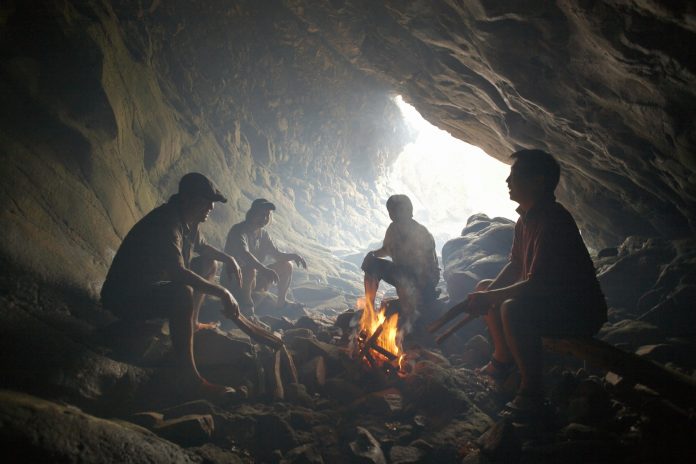
A new study has found that a gene variant inherited from Neanderthals still affects the muscles of some people living today—especially when it comes to athletic performance.
The gene in question is called AMPD1, which helps muscles produce energy and function properly.
When this enzyme doesn’t work well, it can lead to a muscle condition known as metabolic myopathy, which affects about 9% to 14% of people in Europe.
This condition can cause muscle weakness and fatigue, especially during intense physical activity.
Researchers compared DNA from Neanderthals—an ancient human species that lived in Europe and western Asia—with DNA from modern humans.
They discovered that all Neanderthals carried a unique version of the AMPD1 gene. This version doesn’t appear in any other species, but it does exist in some modern humans today.
To better understand its effect, scientists recreated this Neanderthal version of the enzyme in the lab. They found it had about 25% less activity than the regular human version.
When they introduced the gene into mice, AMPD1 activity in the muscle tissue dropped even more—by 80%—which seriously affected how well the enzyme worked.
This gene variant was passed on to modern humans through interbreeding between Neanderthals and early Homo sapiens about 50,000 years ago.
Today, people of non-African descent carry around 1% to 2% Neanderthal DNA overall. Specifically, about 2% to 8% of Europeans carry the Neanderthal version of the AMPD1 gene.
Interestingly, most people with the gene don’t suffer any serious health problems. However, it may affect athletic ability. Researchers studied over 1,000 elite athletes from various sports and found that people with a faulty AMPD1 gene were half as likely to become top-level athletes compared to those with normal AMPD1 function.
The study’s first author, Dominik Macak, explains that while this enzyme isn’t essential for daily life in modern Western societies, it becomes important during extreme physical activity—like competitive sports. That’s why a faulty AMPD1 gene can make it harder for someone to reach the highest levels of athletic performance.
Senior researcher Hugo Zeberg adds that changes in culture and technology might have reduced the importance of extreme muscle strength in both Neanderthals and modern humans over time. Tools, cooperation, and other advances likely made survival less dependent on physical power.
This research shows how genes from our ancient ancestors still shape our bodies today. Understanding how these old gene variants work can give us deeper insights into human health, performance, and the genetic diversity we carry with us.



